
12 Cars Manufacturers Wish They’d Never Made
Whether due to abysmal sales or excursions that tarnished an entire brand, carmakers from GM to Ferrari have produced some real turkeys over the years. On paper, some looked to be huge successes, but plain flopped. Others were atrocious right out of the gate. But any way you look at it, manufacturers wish these twelve vehicles had never darkened their doorsteps. Some will be duds forever, while others have elicited a certain fondness for their quirky, unique, or adventuresome qualities.
2002 Lincoln Blackwood
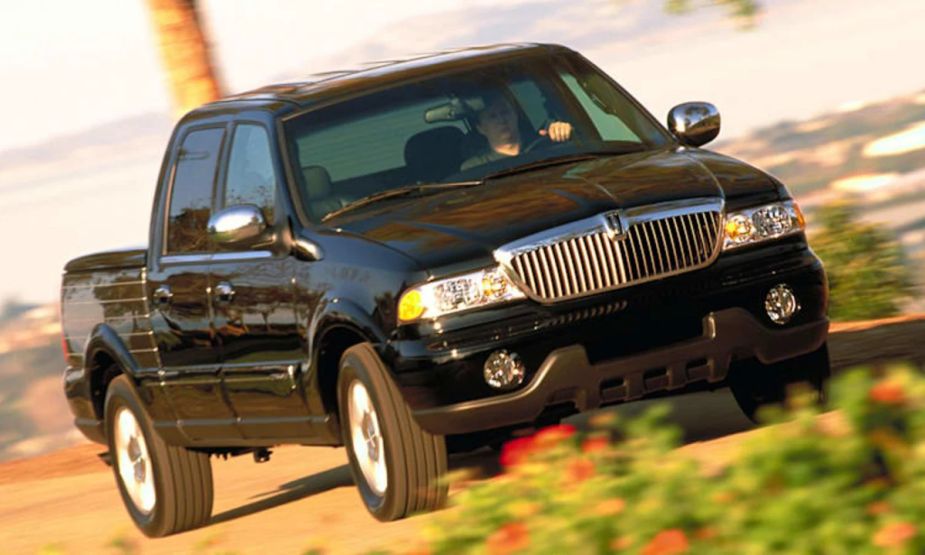
With the Lincoln Navigator selling so well, it wanted to see the same success with a pickup called Blackwood. But luxing up a truck interior is different than doing that to a pickup bed. Yes, the bed was carpeted and covered with the tonneau. Lincoln was lucky to have sold 3,356, which made it the lowest production Lincoln ever.
1997 Porsche 996
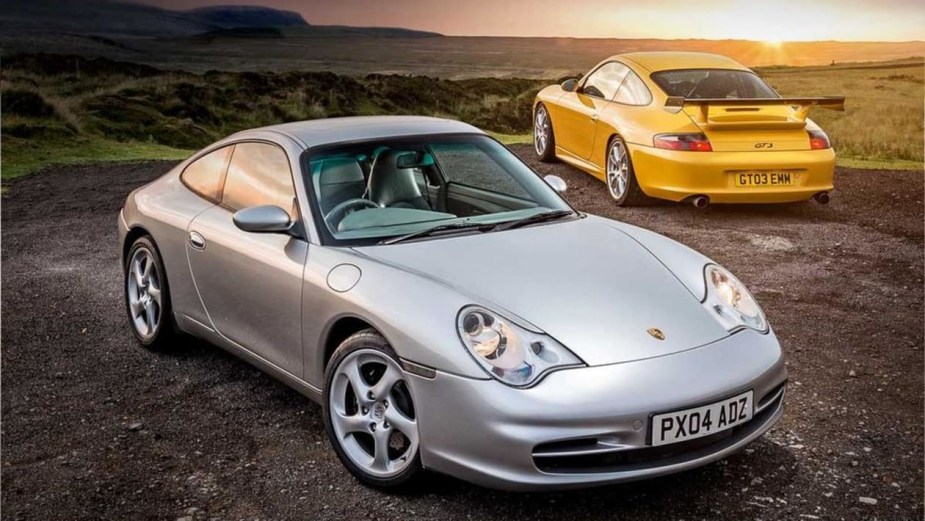
You can’t take styling cues from a lesser model, and expect them to be embraced on your flagship. But Porsche wanted some of the Cayman’s details applied to its 911 model. And if you’re going to do it, don’t go from an iconic air-colled engine to water cooling. Enthusiasts hated, and still hate it.
1987 Cadillac Allante
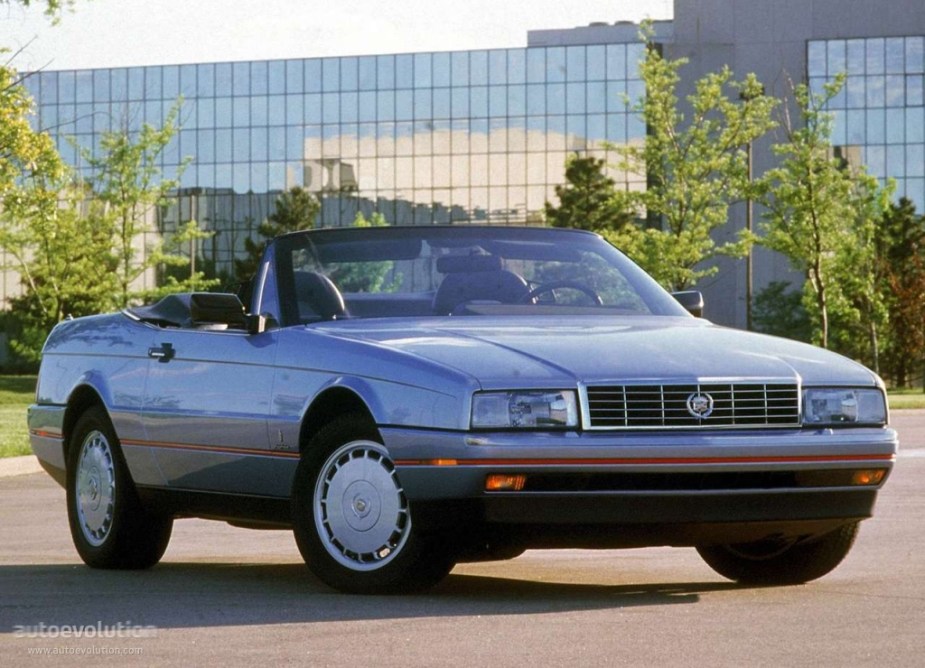
Let’s be honest, in the 1980s Cadillac was trying to compete with Mercedes, but doing it with crappy cars. Even enlisting Pininfarina to make the semi-coach-built bodies in Italy couldn’t mask what lay under that Italian sheet metal. It was priced, in 2022 dollars, at $122,000 for what was essentially a shortened 235 hp, front-wheel drive Coupe DeVille. Over seven years, it slammed out around 21,000 Allantes.
Ford Mustang II 1974
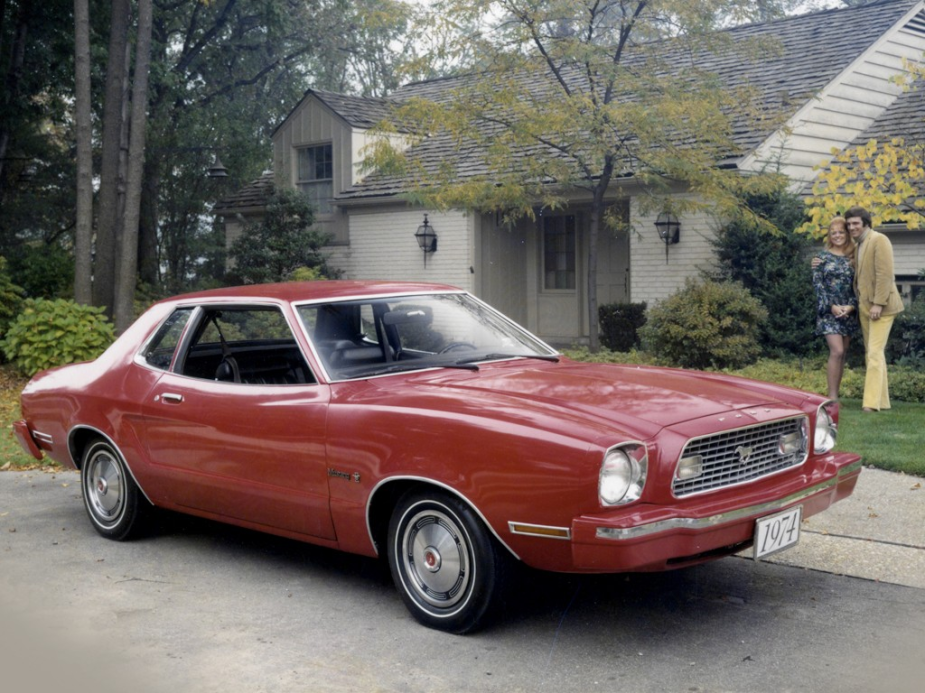
After the oil crisis in 1973, Detroit was on a downsizing blitz. Not to be left out was the popular Ford Mustang. It was shrunken to Pinto underpinnings, which we’ll get to in a moment. Added to the overall small size was the short wheelbase with ridiculously long overhangs in the front and back. With only V6 power or a four-banger if you wished, and laughable proportions, it sold well, but is absolutely hated by Mustang enthusiasts today.
Ferrari Mondial 8 1980
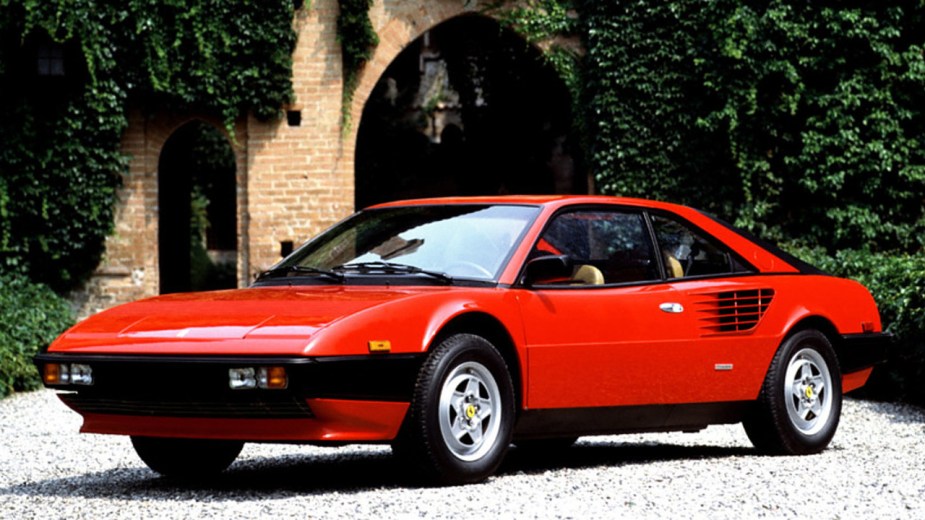
With 205 hp and loads of electrical and mechanical woes, critics and owners had little good to say about the Mondial. It got so bad that Ferrari rereleased it in 1982 as the Mondial QV. That increased power to 240 hp, but enthusiasts still scoffed. The damage was already done.
Pontiac Aztek
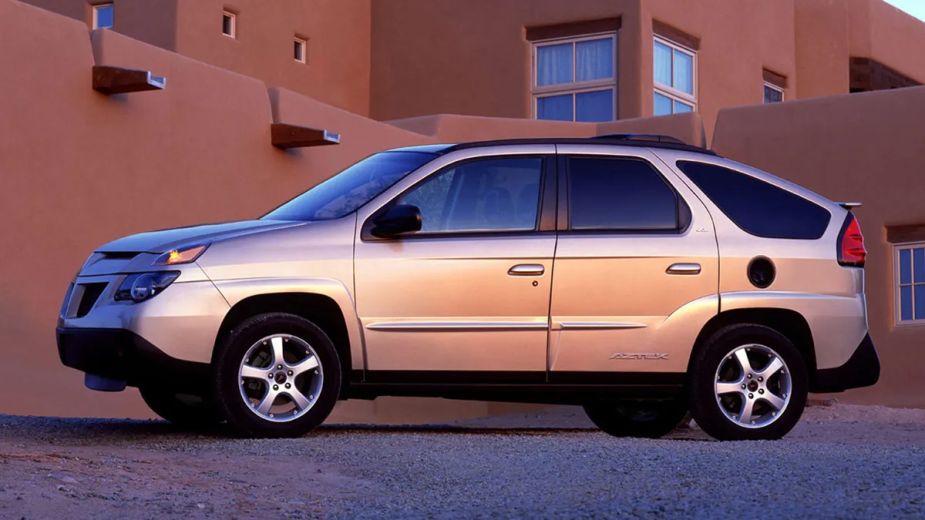
About everything that can be said has been said about Pontiac’s ill-fated Aztek. All we can add is that inside tensions with GM design head Wayne Cherry and product people resulted in this absolute failure. As initially designed, it should have done better. But isn’t that always the case with productionized GM concepts?
Jaguar X-Type 2001
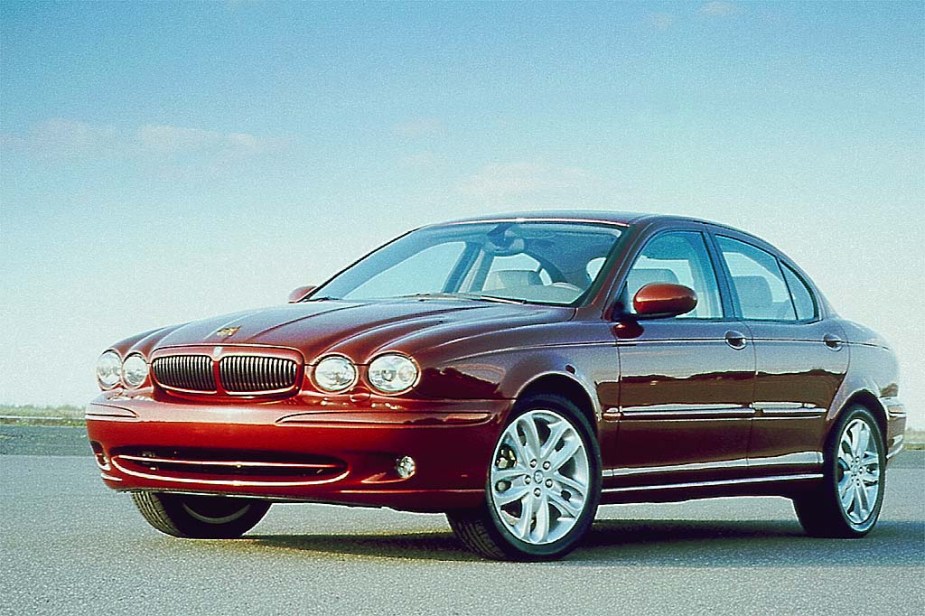
For the most part, Ford’s ownership of Jaguar during this time saved the marque. As Jag was climbing out of the doldrums, it decided to make something to compete with the BMW 3 Series and Mercedes C-Class. It even had a V6 and all-wheel drive. And it held innovations like a touchscreen. In 2001. Still, it sold miserably over its eight-year run.
Chevrolet Corvair 1959
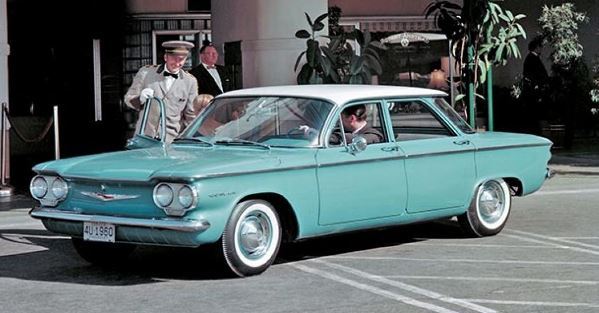
Introduced in 1959 as a 1960 model, the Corvair was revolutionary. If you’re interested, Google it. But it lacked a rear anti-roll bar on its swing action rear end for its first few years, which led to uncontrolled crashes and deaths. It was attacked by consumer advocate Ralph Nader in a best-selling book. That, and the fed hearings and media interest, absolutely doomed maybe the most revolutionary GM product ever.
Cadillac Cimarron 1981
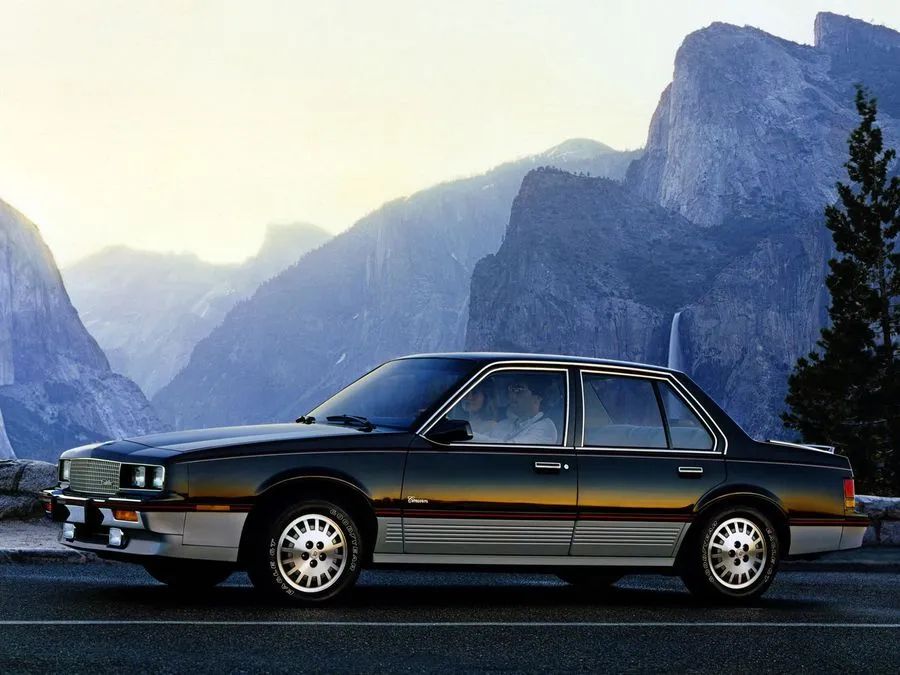
GM was going in many crazy directions in this period. As such, it was trying to squeeze money out of everything, including products. Cadillac dealers were screaming for a compact car, as that’s all that was selling. So Cadillac whipped up a badge-engineered compact from its J-car platform it called Cimarron. Other than the grille and wheels, it was identical to the Chevy Cavalier and all other J-body iterations. But it cost twice as much, at $12,000, as its Chevy sibling. The smoke and mirrors didn’t last long, and sales tanked year-over-year.
Ford Pinto 1971
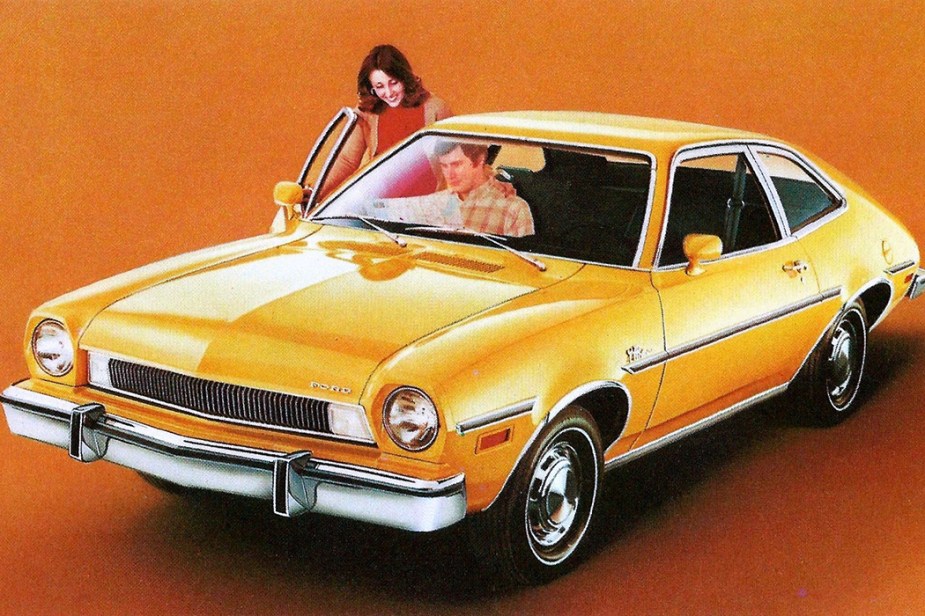
The Volkswagen Beetle had come out of nowhere to then sell 400,000 in 1968 and a few years after. Ford wanted a piece of that, and in 1971 it introduced the compact Pinto. Only available as a two-door hatchback or wagon, it sold well at a time when economical cars were coming into their own. But as its quality shortcomings became more apparent, and then media attention on gas tanks exploding in rear-end collisions, soon the party was over.
Chevrolet Vega 1970
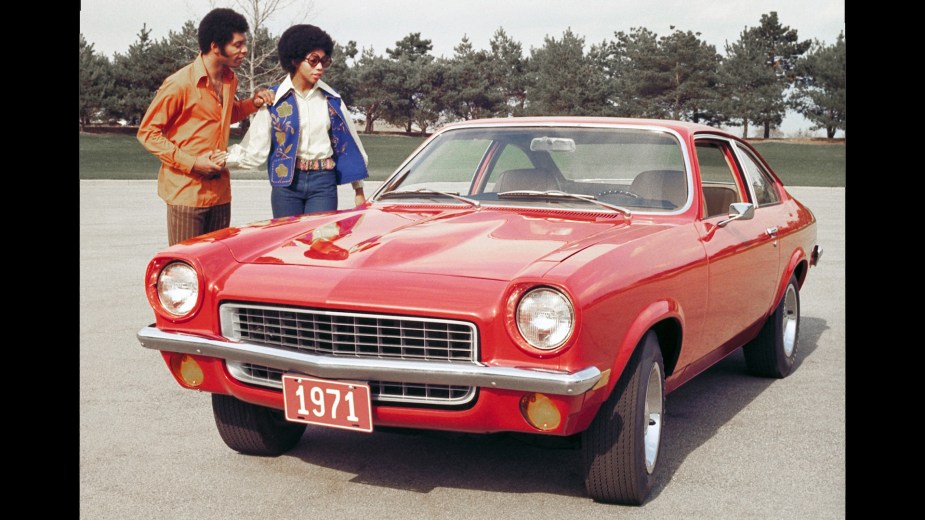
The Vega shared similar needs and demographics for Chevrolet as Ford’s Pinto. And to keep the price down for what was a range of models including a coupe, hatchback, station wagon, and sedan delivery, it squeezed every last dime out of it GM could. That included no primer coats. From Maine to California and everywhere in between, Vegas began rusting. Badly. Leading up to that, mechanical and quality issues were making headlines. All of this doomed the smart-looking Vega.
Any early to mid-1970 GM product
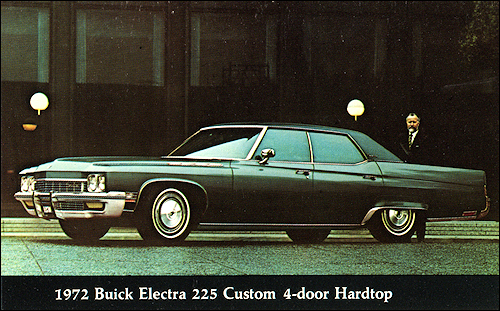
This is a broad swipe, but with Richard Nixon’s mandatory 90 percent reduction in smog emissions for cars by 1975, Detroit had to get busy. But with no time and less development money, it came up with a hasty plan. Lean out the engines and add smog controls to choke off exhaust was the plan. It resulted in so many issues we can’t list them all here. Suffice it to say those cars that didn’t advance the timing and remove pollution controls met an early destination with the wrecking year.



